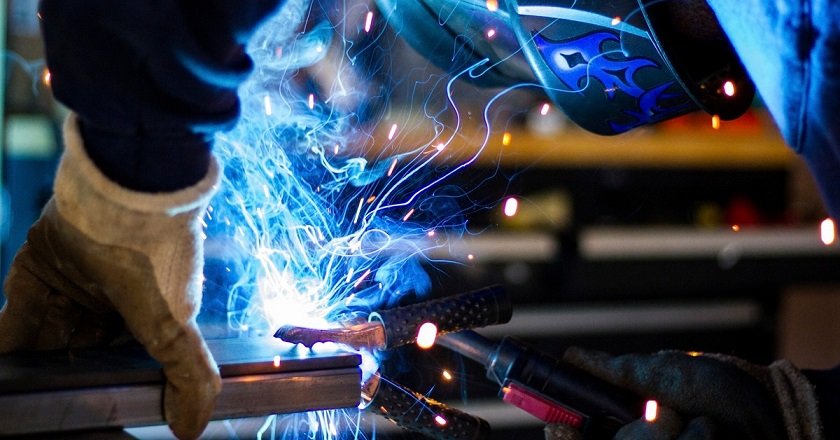In today’s fast-changing world, sustainability is crucial, especially for energy-intensive manufacturing facilities. Improving energy efficiency can help manufacturers lower costs and minimize their environmental impact. This blog post explores the significance of energy efficiency in manufacturing, the challenges faced, and effective strategies for overcoming them.
Understanding Energy Efficiency
Energy efficiency in manufacturing involves getting the most output from every unit of energy consumed. Key metrics like Energy Use Intensity (EUI) and Energy Star ratings help gauge how efficiently energy is used. EUI measures the energy consumed per square foot of a facility annually, providing a clear picture of energy performance. Similarly, Energy Star ratings offer benchmarks that facilities can aim to meet or surpass.
Despite these tools, misconceptions persist. Some believe that energy efficiency requires a complete overhaul of existing systems, which isn’t always true. Often, incremental changes can lead to significant energy savings without massive investments. Additionally, many manufacturers assume that energy efficiency means compromising on production quality or speed, a myth that can be dispelled through proper education and awareness.
Challenges in Implementing Energy Efficiency Measures
One of the primary barriers manufacturers face is the perception of high initial costs. Investing in energy-efficient technology can seem daunting, especially for small to medium-sized enterprises. However, it’s crucial to view these costs as long-term investments rather than immediate expenses. Another challenge is the lack of awareness and expertise in identifying areas where energy efficiency improvements can be made.
Technology and Innovations
Advancements in technology present exciting opportunities for manufacturing facilities to boost their energy efficiency. Automation and the Internet of Things (IoT) have revolutionized how energy consumption is managed. Smart sensors and meters provide real-time data, allowing facilities to optimize their energy use and reduce wastage. Additionally, incorporating industrial insulation like those available in Nevada can further enhance energy efficiency by minimizing heat loss.
Data analytics further enhance these capabilities. By analyzing energy consumption patterns, manufacturers can identify inefficiencies and implement targeted solutions. Innovations like variable-speed drives and high-efficiency motors also contribute to significant energy savings, proving that modern technology is an invaluable ally in the quest for energy efficiency.
Best Practices for Energy Efficiency
Conducting thorough energy audits is a critical first step toward enhancing energy efficiency. These audits provide insights into current energy usage and highlight areas for improvement. Engaging a reputable energy consultant can ensure that the audit process is comprehensive and yields actionable recommendations.
Building a culture of energy efficiency within the organization is equally important. This involves educating employees about the significance of energy conservation and encouraging practices that support it. Simple measures, such as switching off unused equipment and optimizing lighting, can collectively result in substantial energy savings.
Financial and Environmental Benefits
The financial benefits of energy efficiency are compelling. By reducing energy consumption, manufacturers can significantly lower their utility bills, freeing up resources for other essential investments. Beyond immediate savings, energy efficiency can enhance a company’s reputation, making it more appealing to environmentally conscious consumers and investors. Environmentally, energy efficiency reduces greenhouse gas emissions, contributing to global efforts to combat climate change.
Steps Towards a More Efficient Future
Manufacturers must prioritize energy efficiency as a core element of their operations strategy. To support this, numerous resources are available, from government incentives to industry-specific guides. Organizations like the U.S. Department of Energy offer tools and programs designed to assist manufacturers in their energy efficiency journeys.
Taking the first step can seem daunting, but the rewards far outweigh the challenges. Manufacturers should leverage these resources, engage with industry experts, and continuously seek opportunities for improvement.
Conclusion
Enhancing energy efficiency in manufacturing facilities is not just a trend; it’s a necessity for sustainable growth. The benefits—financial, environmental, and reputational—are too significant to ignore. By implementing the strategies outlined in this post, manufacturers can not only reduce costs and emissions but also position themselves as leaders in the sustainability arena.

